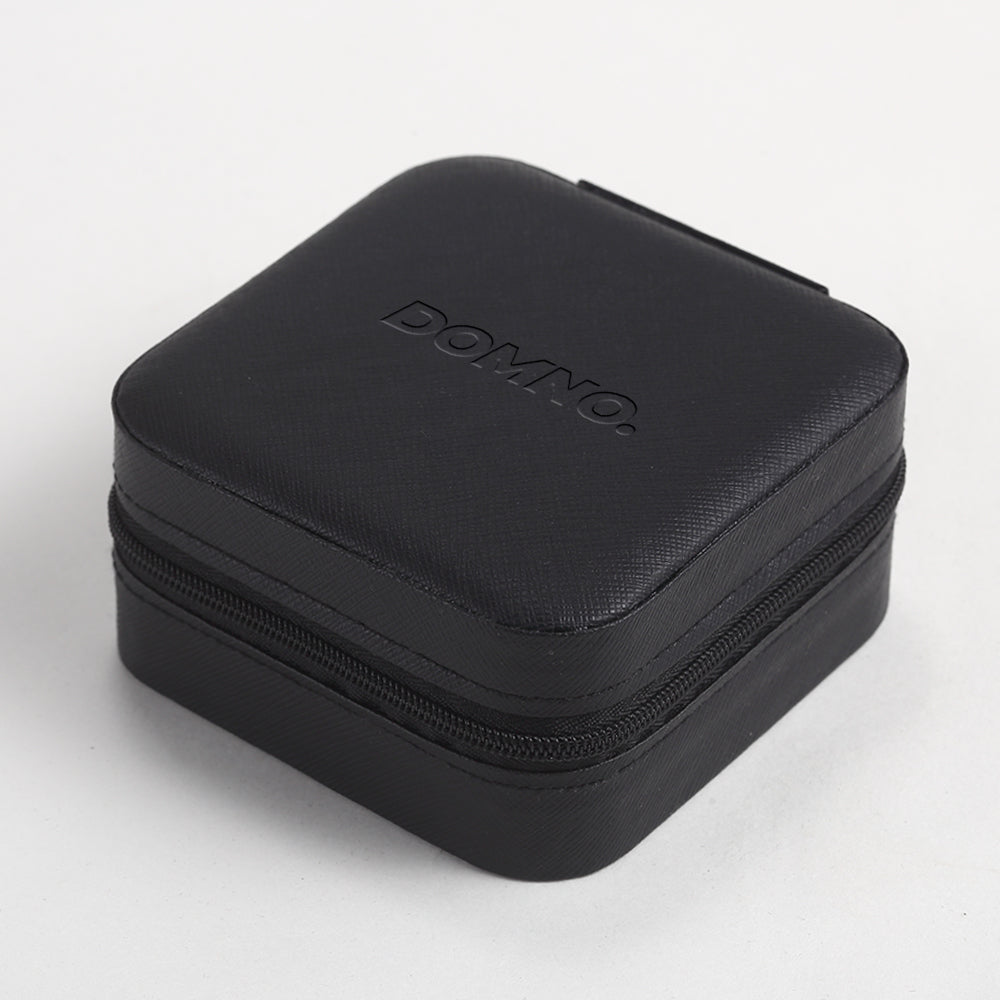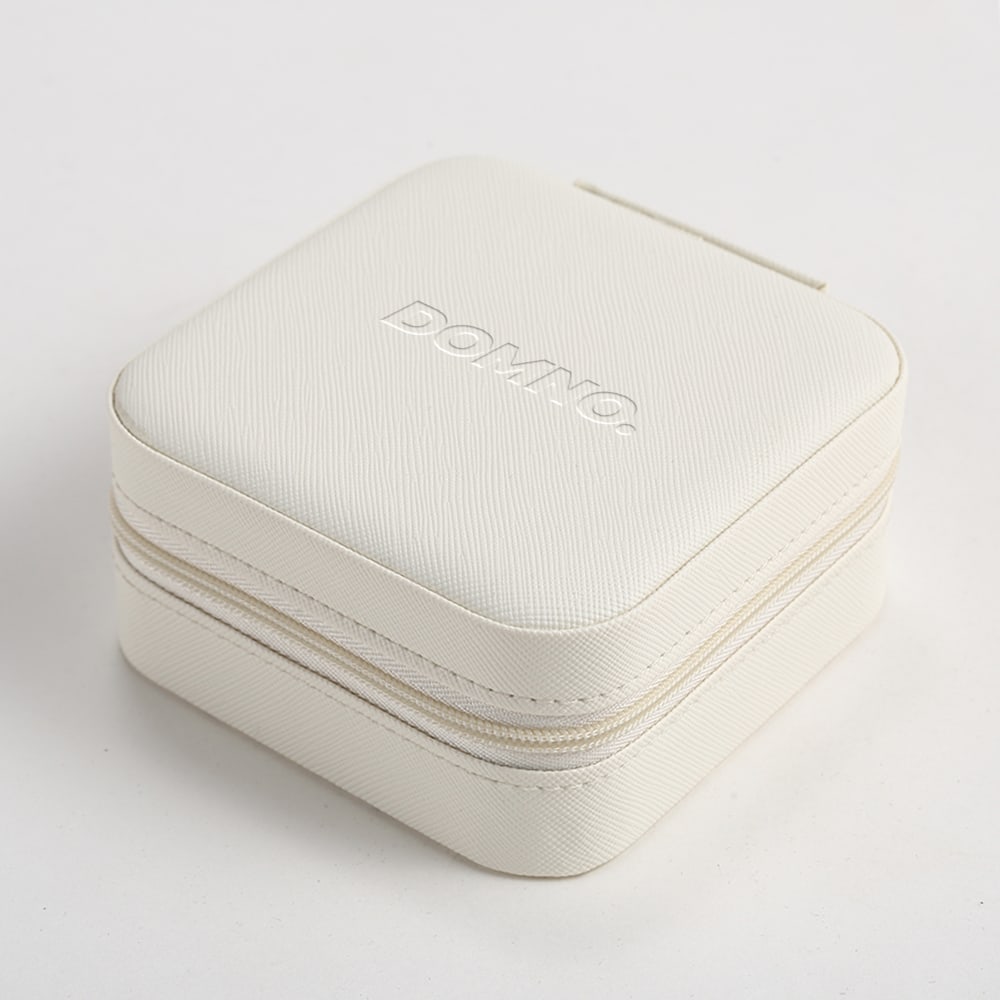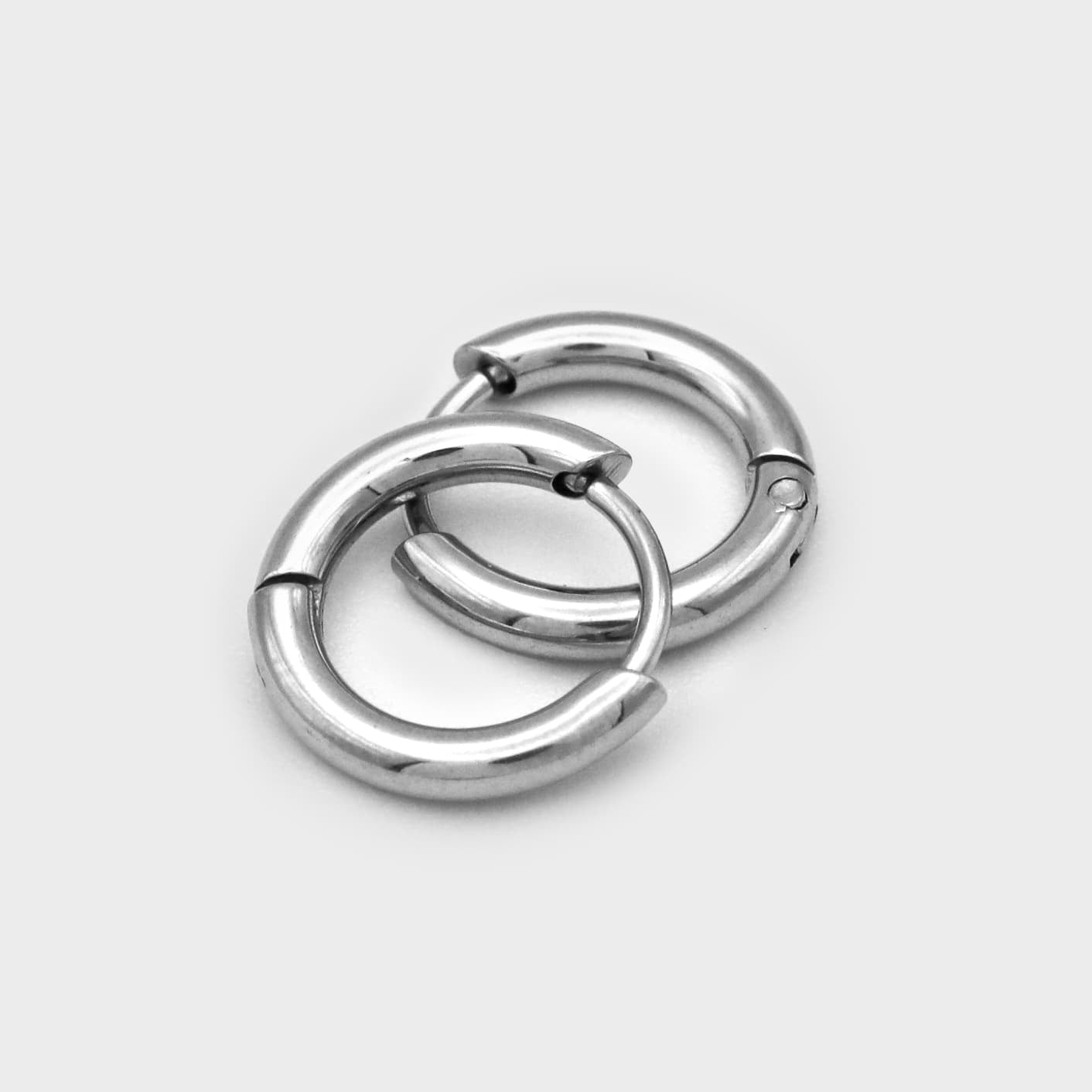
Fast fashion, fast food, fast cars … these are not new concepts, but rather trends which have become deeply embedded in our modern lifestyles, as they fulfil a need. Or a perceived need. Consumer tastes and attitudes change over time, as technology develops, and the 2000s fast and now 2020s ultra-fast fashion sectors reflect exactly this. They are highly profitable industries in which the manufacturers keep pace with our technologically-driven voracious appetites for the ever-changing clothes we wear. As life speeds up with digitalisation, so too do the industries which call themselves ‘fast’. They are feeding our need for speed.
The Need for Speed
Fashion. Fast fashion. Now ultra-fast fashion. Where will this end?
Who wants to wait days for a delivery when you can get your purchase later today or tomorrow? Wait a season for the latest catwalk look, when you can buy a cheap imitator online right NOW? Digitalisation has sped all our lives since the 90s, and as always, industries have not been asleep on the job, but assiduously working alongside and ahead to feed consumer demand for the latest must-have wardrobe item. In fact, these ‘fast’ industries, including fashion, are no longer just lurking out there for you to decide what you would like to buy today, but they are now actively able to pre-empt your wishes with AI clickbait to meet a demand you never even knew you had. Clicker beware!

What is Fast Fashion?
Fast fashion is the production process of garments, through design, manufacture, marketing and delivery. Without any thought to the item’s final destination, the waste tip. The industry is able to prodice a constantly evolving carousel of clothing items. From top to bottom. And the end result of the process is a short-lived cheap item with a long-lived waste impact.
Fast fashion relies on using cheaper fibres for its business model, as these textiles help suppress the price. Where the garment’s quality is no biggie to the buyer, its price is everything. Quality threads do not, by default, come cheap, and the scale at which fast fashion moves to mirror ever emerging trends, means it relies on materials with a high content of plastic micro-fibres to keep its business going. And these are the fibres, which will shed their waste across our rivers and oceans for years to come, as they never turn to compostable waste.

Is Ultra-Fast Fashion a Thing?
Fast fashion seems almost benign when compared to its new kid on the block ultra-fast offshoot. Buoyed by social media and its relentless stream of images, music, dances, likes, instant hits, trends and hashtags, the popularity of #haul and similar has come to epitomise the super speedy consumption of clothes by the current generation. Cheap new items, all wrapped in plastic and delivered in an instant, are trending high.
Our appetites for cheap, trendy clothing, that in essence replicates ideas from the catwalk or as seen in celebrity culture, are sailing high online these days. High Street retail is sooo old school. And slooooow! The idea is to get the newest styles on the market as fast as possible, so shoppers can snap them up while the outfits are still at the height of popularity. But then what next? Well, of course, a new style icon appears in a different outfit, and the cycle begins all over again – the earlier fad having served its purpose and had its cursory stop in the limelight.

Is Fast Fashion The Result Of Our Throwaway Society?
Life Magazine first heralded ‘Throwaway Living’ in a 1955 article, which sang the praises of a modern way of living, where furniture, clothes, gadgets etc. could simply be thrown away once no longer required. This new concept was made possible by the development of plastic, starting with 1907 Bakelite through to terms now familiar to us all: nylon, polystyrene, polyester, polypropylene through to the polymer bank notes of today. All manner of gadgets and gizmos … and clothes … could be made from the wonder new material of ‘plastic’ then simply thrown away. What a splendid idea!
But now, just over 60 years on from that marvellous moment of ‘Throwaway Living’, Gen Z is confronted with a climate emergency, they rightly feel is not entirely of their own making. With consumerism out of control and on a fast track to … who knows where … sadly, Fast Fashion is playing its part.

Reasons to Reject Fast Fashion And Its Cons
Where do we begin? Fast fashion has a well-documented devastating environmental and ethical impact on our planet: droughts, heatwaves, excessive and too little rainfall, deforestation, species becoming endangered are all exacerbated by the demands of a hungry and ever-growing number of fast fashion addicts. Search ‘fast fashion + cons/impact/workers’ and other linked words online and you will find a lifetime of doom-laden reading material.
But we are not here to laden you with dire warnings of gloom, gloom and more gloom, but rather we just want to provide a brief snapshot of the core cons of fast fashion, along with some more positive Pro actions you can take, to try and walk away from this industry and help to improve the situation. ‘Every little helps’, after all!
Fashion on its own is associated with the cons listed below. Fast fashion exacerbates them. Ultra-fast fashion …. well, you decide.

5 Key Fast Fashion Cons With 5 Pro Actions You Can Take
Con 1: Human Rights
Factory workers supplying the fashion industry often have minimal or no rights. Within the industry, there is continuing use of illegal child labour, secret sweatshops hidden from the media, excessive working hours, unbelievably low wages, cramped conditions, complete disregard of safety precautions and no personal protection from hazardous chemicals. You could say, conditions have not improved since the early days of the mills during industrialisation. But we are living in the 21st century.
Pro Action 1: Buy fewer clothes
Buy less, buy better is a mantra which has struck a chord with Gen Z, so now really is the time to adopt it for yourself, if there is to be an end to the excesses of the fashion industry. Life is about individuality and choice, so by adopting a unique fashion style for yourself and turning away from the mass-produced rails that everybody else in the crowd is wearing, you will certainly play your part. Check out our blog Where to buy indie clothes for more Inspo.
Con 2: Water Usage
How many gallons of water does it take to make ONE new T-Shirt? A 145 B 562 C 766. Yes, sadly the correct answer is C, 766 gallons of this precious resource for one teensy weensy tee. This is the same volume of water that would fill 10 bathtubs to the brim. Makes you think, hey? And on top of this, two billion of these newly manufactured T shaped tops are sold globally EVERY year.
Pro Action 2: Recycle your old clothes
Give unwanted clothing items to charity shops, pass on to a friend or family member, sell on an online marketplace, subscribe to a clothes swap service, just do NOT throw them away! See the photos of piles of clothing dumped in ugly heaps across the world, if you are in any doubt.
Con 3: Microfibres
Much modern clothing, which is designed to last a day, rather than a season, let alone a lifetime, is made from synthetic fibres, such as polyester and nylon. These fabrics shed tiny elements of micro-plastic wherever they go: the washing machine, the party, the bin. And when (sadly not if) these clothes end up in landfill, those damaging particles continue to degrade, as they are indestructible and not dessigned to disappear. Slowly over time they end up in our rivers and oceans with the devastating effects you can see documented today.
Pro Action 3: Check the labels
Make sure the item you are buying is of a sustainable fabric, if new, or vintage cloth if pre-worn, to help you avoid items made recently in the hubs of fast fashion, such as Vietnam, Bangladesh, China, Indonesia. Vintage is beginning to have its potential recognised in a world of ever-diminishing resources, so check out those valuable vintage bangers from previous decades, which are already in circulation. How blog How To Shop Vintage may help you out with this.
Con 4: Carbon Emissions
Fashion is the third largest polluting industry, after food and construction. But its ranking will probably only increase once the fast and now ultra-fast strands take hold. As an industry, from manufacture through to distribution, fashion produces 10% of annual global carbon emissions. Less than 1% of used clothing is recycled and with 87% ending up in landfill, it really is time to start finding alternatives for unwanted clothes.
Pro Action 4: Repair and rework your old clothes
Learn the crafting skill of sewing or find a friend/family member with those skills, and get creative. You can adapt and rework one item, as illustrated by our Bumbags and Sweatshorts or just add a patch to repair a defect or use a natural dye to provide yourself with a new item of your own. Click here to understand more about how to clean your clothes.
Con 5: Deforestation
Sorry to break it to you, but fast fashion requires tres for its survival. Tree pulps are used to create many of our popular textiles, including viscose and rayon, plus rubber from trees is used in shoe production. And the additional issue is, that only about 30% of the tree is required, but yes, you’ve guessed it, around 70% of this precious raw material is just wasted.
Pro Action 5: Make fashion circular
Circular fashion starts at the very beginning of a garment’s lifecycle with the design stage, which should ensure each and every item produced to wear has legs and a stretchingly long life ahead of it. Any garment which is just designed as a one-off occasion piece, is not part of the circular fashion movement.
Does Fast Fashion Have a Future?
There are some indicators that fast fashion has hit peak trend and is now decreasing, but as long as the internet continues to push the latest looks and need to rep them NOW, it is hard to imagine the demise of this rapid-fire hot shot fashion industry, which has evolved on our watch.
Looking on the bright side, you could say, rather like the tale of the Tortoise and the Hare, maybe a slow fashion movement can eventually win the race for the clothes we love to buy and wear. People might eventually wake up to the cons of fast fashion, and wean themselves off its poor-quality garments and excesses voluntarily.
If you are in any doubt, look at the research by ThredUp which predicts second-hand clothes will overtake fast fashion by 2030 … will you play your part?

Conclusion/Takeaway
Fast fashion has been with us since the millennium, but it does not have to be here to stay. There are now exciting alternatives available with the emergence of a vibrant second-hand and pre-worn clothes sector, so it really does become a matter of personal choice as to which garments you choose to put on your back (and bottoms!). Clothing is all about personal expression as well as collective responsibility to the planet, and Gen Z has a whole host of options to choose from, so they can not only look but also feel amazing.
- Follow our socials to be the first to hear what’s happening
- Tap here to check out our latest drop of vintage heaters from the 90s–00s






